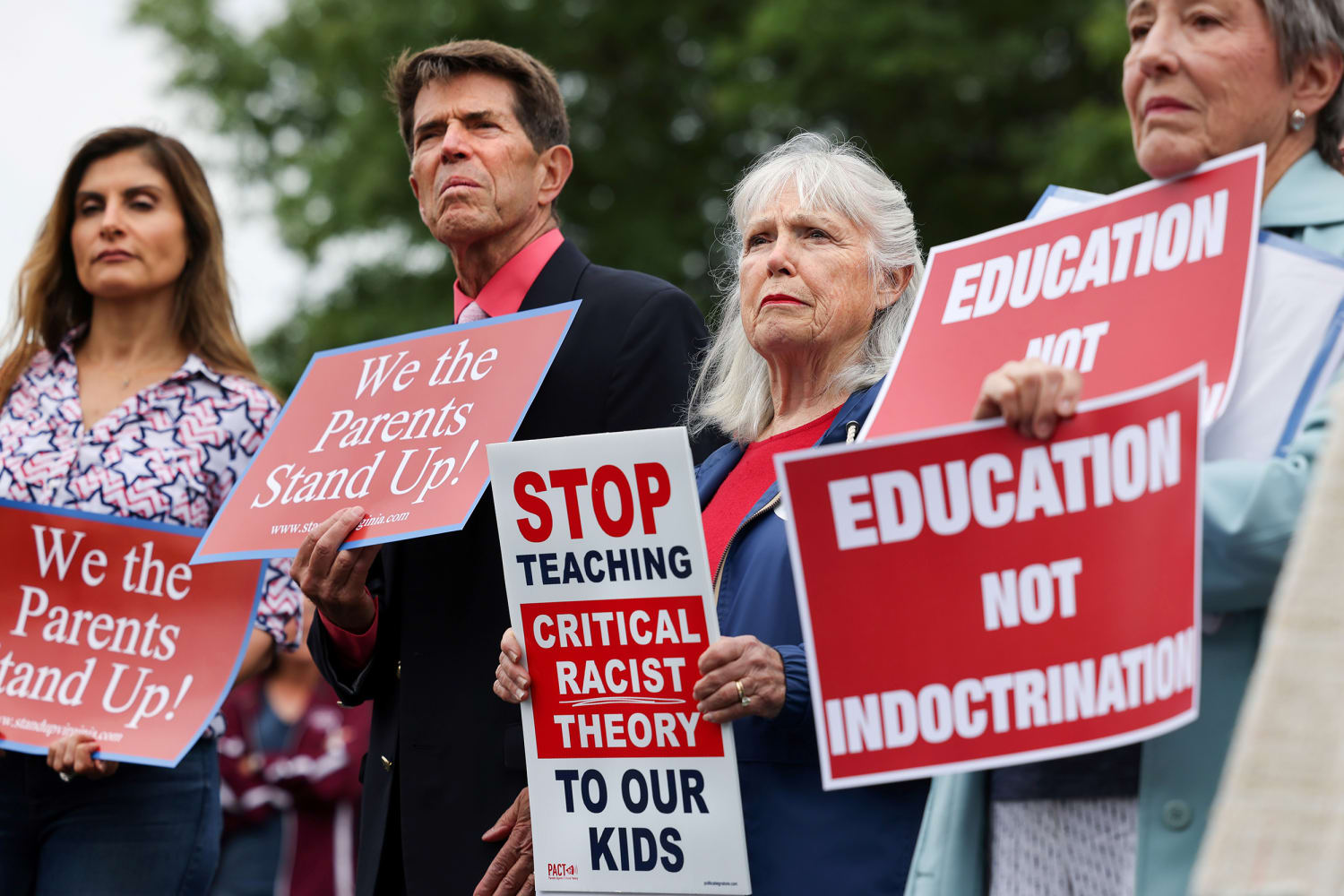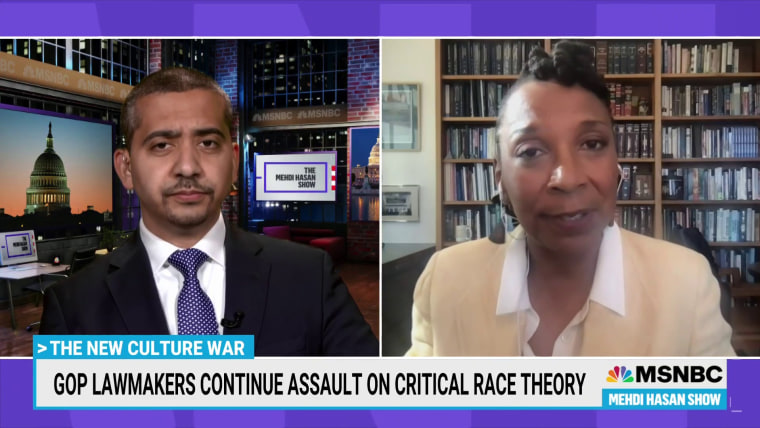A few years ago, I was asked to phone a parent who wanted her high school senior to switch English classes. Her daughter had selected the class “Women in Fiction,” but the mother wanted her to take my class instead to avoid books that would go against the family’s Christian beliefs.
Her daughter would be welcome, I said, but warned that my course, “Literature of Suspense,” might also prove problematic. The books include a lot of crime, some violent, I explained. That’s okay, she replied. Supernatural evil? Not a problem. Substance abuse? Fine. Death, demons, and drugs: all were judged inoffensive. This parent just didn’t want her daughter reading books in which characters have sex.
Death, demons, and drugs: all were judged inoffensive. This parent just didn’t want her daughter reading books in which characters have sex.
I’ve been pondering this exchange during Banned Books Week and as numerous states have passed legislation purportedly meant to protect America’s K-12 students from “discomfort” when learning about history or contemporary issues. The laws seek to restrict materials and discussions around race, ethnicity, sex, and gender that conservatives claim can cause children psychological harm. Though the laws are mostly focused on history curriculums right now, libraries and English classrooms are also targets. (In recent decades, progressives also have encouraged the removal of books from required reading lists due to language and content.)
In the current turmoil, what’s notable — especially as gun deaths soar and drug and traffic deaths become normalized — is what’s missing from the conversation: violence. Parents and educators do routinely negotiate concerns about the right age to expose students to certain violent historical or current events, like the Holocaust and school shootings, or specific texts like apocalyptic novels. It is rarer, though, for teachers to receive complaints about violence in the curriculum than complaints about sex and gender or race. And we need to ask ourselves what that means about our ongoing battles over books.
In 20 years teaching secondary English, no parent complained to me that their child was reading too many stories in which characters die horrible deaths (though I taught texts from “Night” to “The Crucible” to “Native Son”), or include suicide (from “Oedipus Rex” to “Hamlet” to “The Awakening”) or rape (from the Greek myths to “A Streetcar Named Desire” and “Atonement”) or killing and torture (from war poetry and ”The Things They Carried” to “1984” and “Beloved”). I never received a complaint that there were so many dead parents in the fiction. That there was so much conflict, war, disease, or suffering in the nonfiction.
Conversations with teachers across the country have persuaded me my experience is not unique. A contemporary text with themes or episodes of violence can cause a brief uproar, as a novel about teen suicide did a few years ago, but, a number of teachers told me, a classic almost never will.
Imagine a story filled with infidelity, domestic violence, alcohol abuse, serial law-breaking, a fatal hit-and-run, a shocking murder and suicide by gun. Hardly sounds like wholesome fare for kids, but “The Great Gatsby” is one of the most widely assigned novels in U.S. high schools. These elements, of course, serve F. Scott Fitzgerald’s message about the dangers of an American Dream he saw as an unhealthy illusion. He wanted readers to understand the violence inherent in a class system that pretends not to be rigid, that rewards a few privileged winners and punishes many losers. Parents don’t generally complain about “Gatsby,” plenty of students embrace it, and educators understand its literary and historical value.
That contemporary texts prompt more complaints from conservatives suggests that some parents’ fears have more to do with what they perceive as a new social threat than with the content of an actual text, never mind its effect on children. The American Library Association’s list of most challenged books is confirming and provocative. In 2019, nine of the ten books most often banned from or challenged in schools or libraries were those related to sex or gender — almost all due to their LGBTQ+ characters and themes. In 2020, the year in which George Floyd’s murder precipitated a wave of protests, the focus shifted, and more titles were challenged based on content related to race and “anti-police views.”
Lost in the fray is how students experience the books they’re asked to read. Mine would ask if they could read a book with a happy ending. Other than “Jane Eyre,” they rarely had the chance; most books deemed great and packing school book rooms communicate life’s heavier themes and a gimlet-eyed view of human nature. Teachers tell me that their students can find that the assigned literature, especially in high school, is depressing or distressing because it’s too close to home. Having lost several classmates to gun violence last year, a student in Texas teacher Chanea Bond’s class asked not to have to read a novel in which Black children are shot. If we’re worrying about what upsets students, perhaps we should listen to them.
I’m not suggesting we begin censoring violent texts to avoid student discomfort. Educators know that discomfort is essential to learning. The point is that many adults are worrying more about what makes them uncomfortable, and less about how kids actually feel — or what may genuinely be harmful. Teaching in the pandemic prompted me to listen more closely to my students’ concerns. Always interested in characters and situations they could relate to, in these dark days, what they most wanted was hope. The fact is that research tells us what today’s students worry about, and it’s at great odds with the concerns codified in “divisive concepts” legislation.
Now teachers find themselves fending off more book challenges encouraged by punitive laws crafted in a feedback loop designed to appease inflamed right-wing voters: Of the nearly 900 public comments on Tennessee’s new law censoring classroom teaching about racism and sexism, just two came from Tennessee students.
Politicians who want children to feel safe have the power to actually make them safer. They could, for example, reduce the number of guns and amount of traffic on our streets. (According to Gun Violence Archive data, almost 300 children were shot and killed in 2020 — double 2019’s numbers — and thousands more were killed or injured.) It’s hard to take lawmakers and other officials’ “safety” worries seriously when they seem to begin and end with banned book lists.
Parents and educators should be able to do what they have largely always done without the interference of politicians or the threat of costly state sanctions: listen to each other’s concerns as education professionals shape and reshape curriculums to meet the needs of today’s students. These two groups of adults, who professionally and personally know children best, can work together to make sure students are learning safely. But we can’t do it while imagining what the children are thinking and feeling as though they are just characters in our drama. We have to ask them.
Source: | This article originally belongs to Nbcnews.com











